Building operational resilience into newsrooms
A pandemic, an insurrection, ongoing social and racial injustice, and the ever urgent threat of climate change has revealed the fragility of the culture, systems, and processes of our newsrooms.
In 2022, as we enter a third year of overlapping crises, news organizations will need to focus on operational resilience.
As someone who loves frameworks, I’m currently obsessed with this Venn diagram by the nonprofit Local Independent Online News Publishers, which evokes the similar overlaps between good, fast, and cheap:
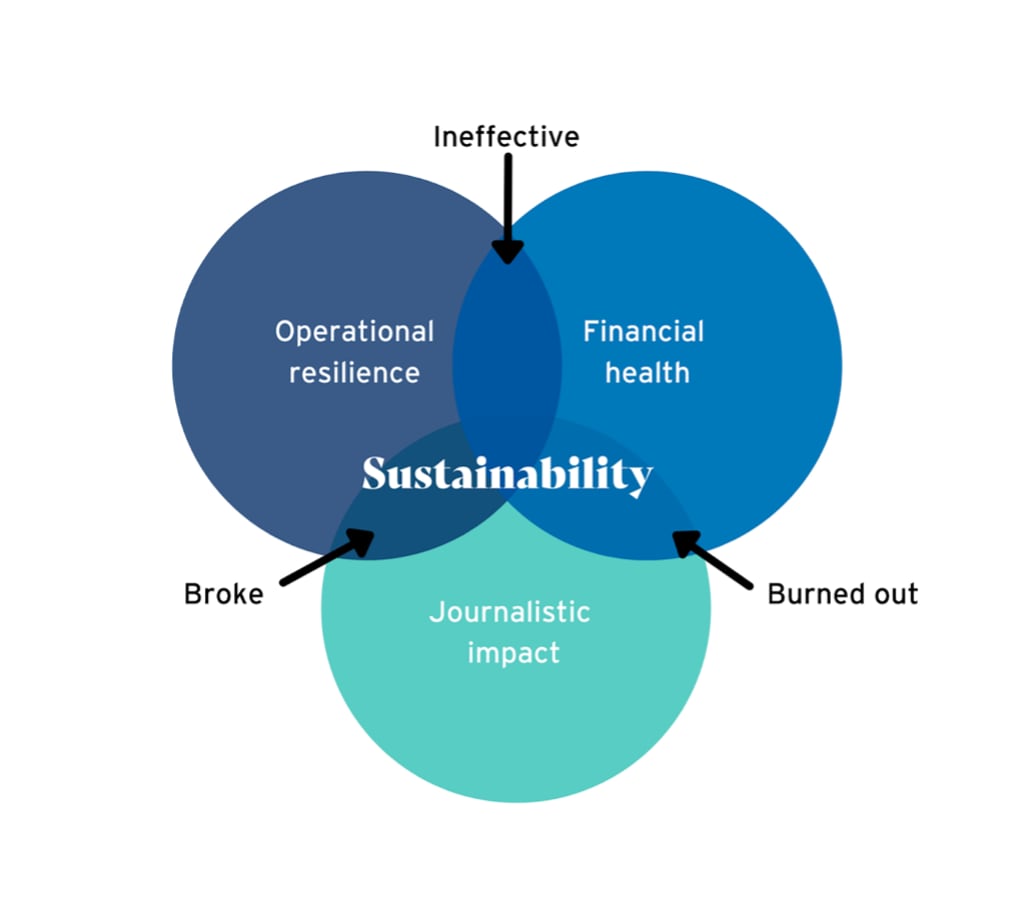
LION describes operational resilience as the “company culture and systems, processes, and policies designed to support staff and manage growth.” Without it, “news businesses will experience burnout among the very people whose talent and buy-in are critical to their success.”
Another way to think of operational resilience, from the financial services regulator in the U.K., is the ability of an organization to “prevent, adapt, respond to, recover, and learn from operational disruptions.”
2021 was a year of intense operational disruption. It’s not easy to manage or lead an abrupt, practically overnight transition to a fully remote newsroom, or to absorb higher workloads when large numbers of people leave the company. It’s also hard to run coverage of a severe winter storm when your colleagues are without heat or electricity, as Texas news leaders did in February, including our team at the time at The Texas Tribune.
Without operational resilience, you get capacity collapse.
In my current and previous roles, my approach to increasing operational resilience has involved taking a strong risk management approach to better anticipate and manage uncertainty.
What can that look like in practice? Matching the expectations on a team with its resources and strategic purpose. Looking at workflows and making sure teams are adequately staffed to absorb when someone is on vacation. Bringing new people on only when you have strong foundations, like a clear onboarding plan and job description for how their role will fit in with everything else. Knowing when an experimental project reaches a point where it can’t be someone’s half-job and it needs either an owner or a plan to be discontinued. Maybe most of all, having the right tools and workflows to allow for culture change.
Suddenly, operations isn’t just process — it’s the whole strategy.
In recent months, there have been a series of job announcements and postings for “operations editors” at places like The New York Times, The Washington Post, and others.
I’ve talked about and worked in “audience” for many years, but it’s always felt like a nebulous catch-all phrase and idea. This new crop of operations editors feels like an evolution of those previous multi-talented editors, tasked with taking a broader and more systems-oriented view of growth. It builds on the audience work, which primarily focuses on growth and engagement of the (external) readership. This is about the internal processes that enable a diverse, equitable, and inclusive culture and the internal health and growth of our people and teams — and how that ultimately affects the journalism we’re producing.
The greater focus on operations — all those seemingly invisible things that make everything else work — and operational resilience will mean we’re going from crisis to sustainability because we’ll need it for what’s ahead.
Millie Tran is vice president of content strategy and growth at Condé Nast.

A pandemic, an insurrection, ongoing social and racial injustice, and the ever urgent threat of climate change has revealed the fragility of the culture, systems, and processes of our newsrooms.
In 2022, as we enter a third year of overlapping crises, news organizations will need to focus on operational resilience.
As someone who loves frameworks, I’m currently obsessed with this Venn diagram by the nonprofit Local Independent Online News Publishers, which evokes the similar overlaps between good, fast, and cheap:

LION describes operational resilience as the “company culture and systems, processes, and policies designed to support staff and manage growth.” Without it, “news businesses will experience burnout among the very people whose talent and buy-in are critical to their success.”
Another way to think of operational resilience, from the financial services regulator in the U.K., is the ability of an organization to “prevent, adapt, respond to, recover, and learn from operational disruptions.”
2021 was a year of intense operational disruption. It’s not easy to manage or lead an abrupt, practically overnight transition to a fully remote newsroom, or to absorb higher workloads when large numbers of people leave the company. It’s also hard to run coverage of a severe winter storm when your colleagues are without heat or electricity, as Texas news leaders did in February, including our team at the time at The Texas Tribune.
Without operational resilience, you get capacity collapse.
In my current and previous roles, my approach to increasing operational resilience has involved taking a strong risk management approach to better anticipate and manage uncertainty.
What can that look like in practice? Matching the expectations on a team with its resources and strategic purpose. Looking at workflows and making sure teams are adequately staffed to absorb when someone is on vacation. Bringing new people on only when you have strong foundations, like a clear onboarding plan and job description for how their role will fit in with everything else. Knowing when an experimental project reaches a point where it can’t be someone’s half-job and it needs either an owner or a plan to be discontinued. Maybe most of all, having the right tools and workflows to allow for culture change.
Suddenly, operations isn’t just process — it’s the whole strategy.
In recent months, there have been a series of job announcements and postings for “operations editors” at places like The New York Times, The Washington Post, and others.
I’ve talked about and worked in “audience” for many years, but it’s always felt like a nebulous catch-all phrase and idea. This new crop of operations editors feels like an evolution of those previous multi-talented editors, tasked with taking a broader and more systems-oriented view of growth. It builds on the audience work, which primarily focuses on growth and engagement of the (external) readership. This is about the internal processes that enable a diverse, equitable, and inclusive culture and the internal health and growth of our people and teams — and how that ultimately affects the journalism we’re producing.
The greater focus on operations — all those seemingly invisible things that make everything else work — and operational resilience will mean we’re going from crisis to sustainability because we’ll need it for what’s ahead.
Millie Tran is vice president of content strategy and growth at Condé Nast.
Don Day

Candace Amos

Amy Schmitz Weiss

Joni Deutsch

Kendra Pierre-Louis

Jesse Holcomb

Janelle Salanga

Alice Antheaume

Wilson Liévano

Sarah Marshall

David Skok
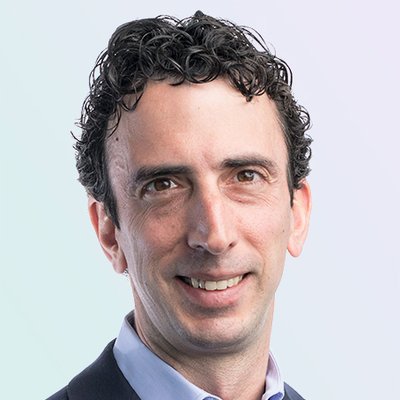
John Davidow

Jim Friedlich

AX Mina

Burt Herman

Matt DeRienzo

Millie Tran

Francesco Zaffarano

Paul Cheung

Gabe Schneider

Errin Haines

Richard Tofel

Jody Brannon

Sam Guzik

Cristina Tardáguila

Larry Ryckman

Natalia Viana

Mandy Jenkins

Raney Aronson-Rath

Megan McCarthy

Juleyka Lantigua

Christina Shih

Moreno Cruz Osório

Chase Davis

Meena Thiruvengadam
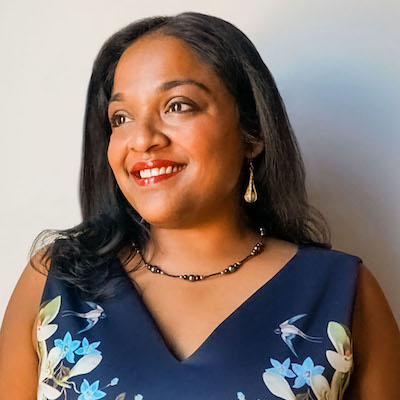
James Green

Simon Allison

Anita Varma

Stefanie Murray

Tony Baranowski

Tamar Charney

Anika Anand

Chicas Poderosas

Anthony Nadler

Julia Angwin

Jennifer Brandel

Whitney Phillips

Joshua P. Darr

Simon Galperin

Brian Moritz

Rachel Glickhouse

Cindy Royal

Doris Truong

Victor Pickard

Catalina Albeanu

Michael W. Wagner

Izabella Kaminska

Jessica Clark

Amara Aguilar

Cherian George
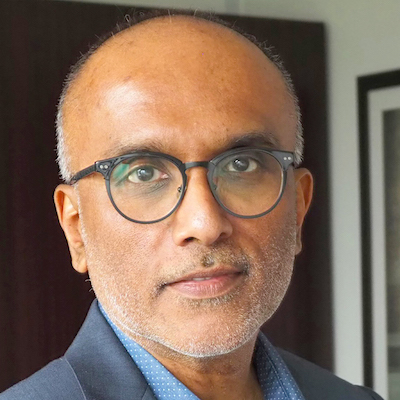
Mario García
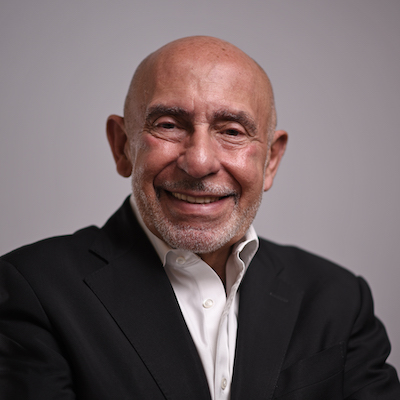
Sarah Stonbely

Jesenia De Moya Correa
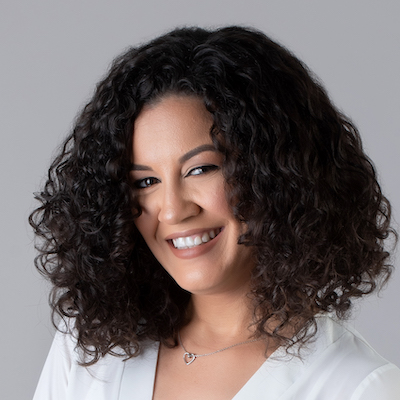
Ståle Grut
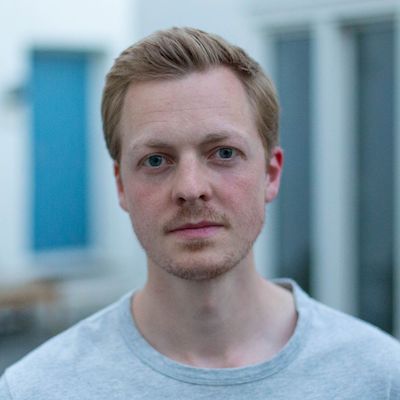
Christoph Mergerson

Julia Munslow

Kerri Hoffman
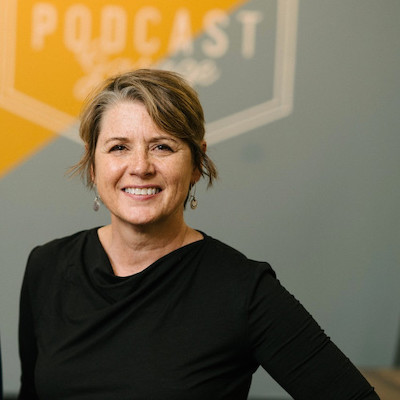
Rasmus Kleis Nielsen

A.J. Bauer

David Cohn

Joy Mayer

Kristen Jeffers
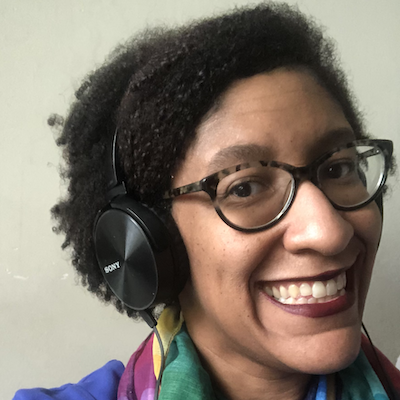
Daniel Eilemberg

Zizi Papacharissi

Shannon McGregor Carolyn Schmitt

Mike Rispoli

j. Siguru Wahutu

Melody Kramer

Matthew Pressman

Mary Walter-Brown

Joanne McNeil

Andrew Freedman

Kristen Muller

Nikki Usher

Matt Karolian
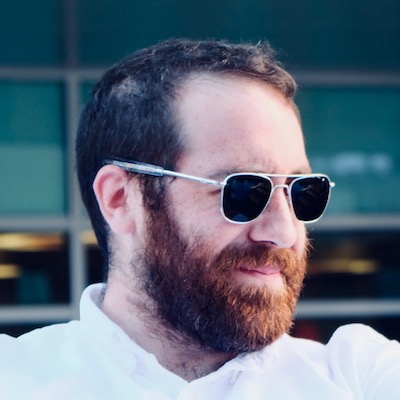
S. Mitra Kalita

Jennifer Coogan

Gordon Crovitz

Tom Trewinnard

Ariel Zirulnick

Jonas Kaiser

Stephen Fowler

Joe Amditis

Parker Molloy

Kathleen Searles Rebekah Trumble

Eric Nuzum

Laxmi Parthasarathy

Gonzalo del Peon

Shalabh Upadhyay

Robert Hernandez
